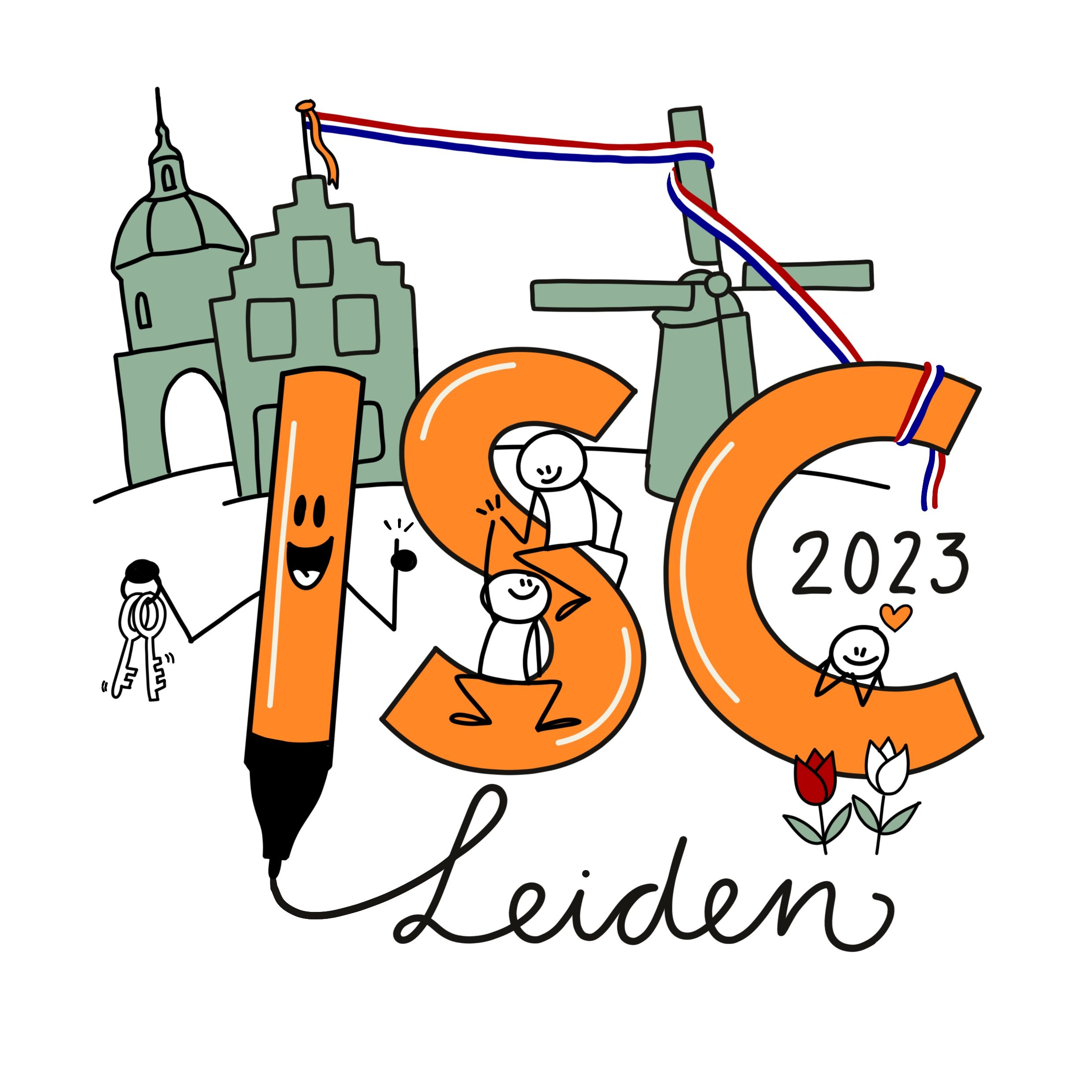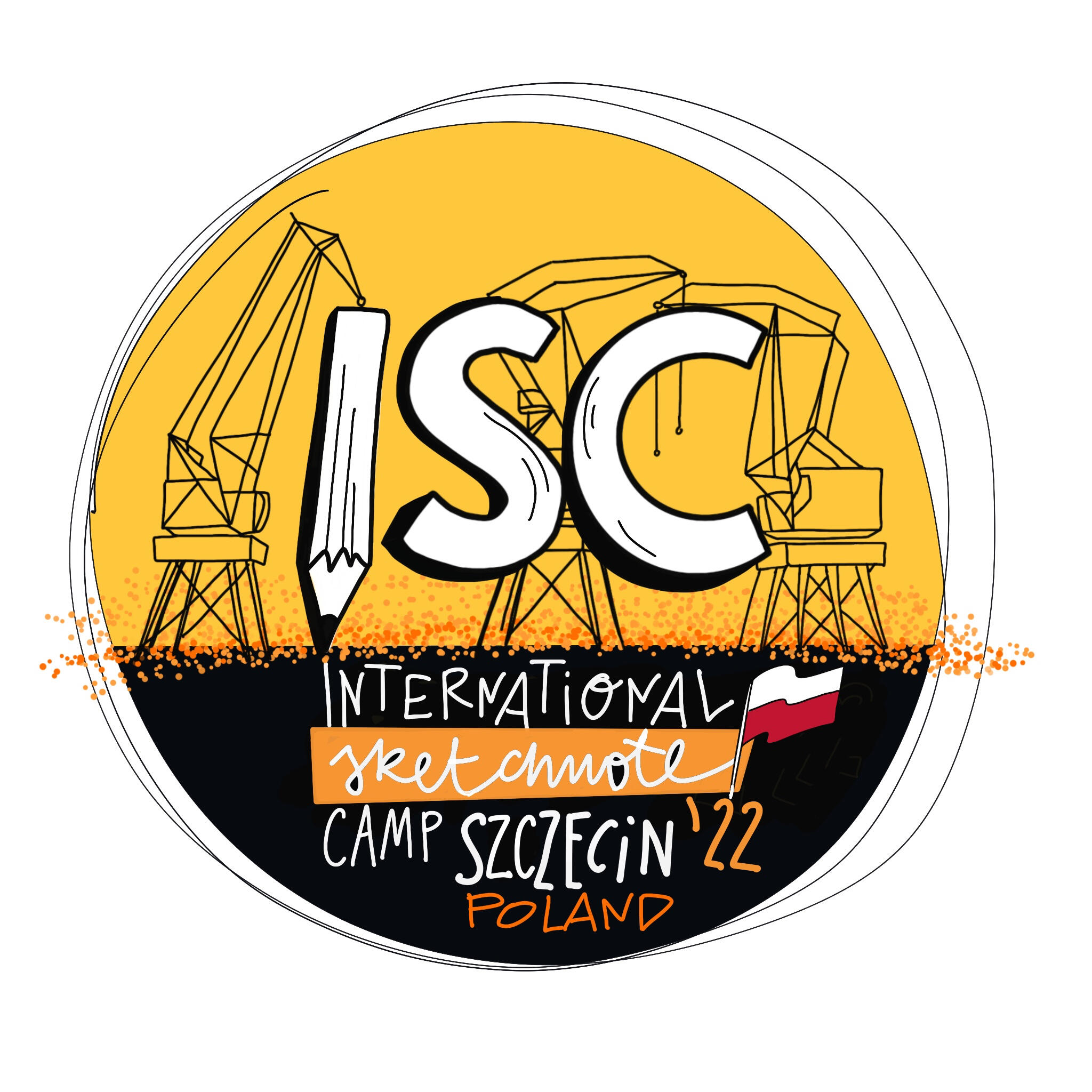This is a follow-up post to the one with my takeaways from the 2024 International Sketchnote Camp (ISC24TX). Here I share my thoughts on how we could evolve as a community of sketchnoters. I am very interested in your opinion, please share it.
The challenges to develop our global community of sketchnoters are numerous. It grew organically, without a clear common purpose, structure or resources. Shared values are implicitly but not explicitly recognised by members such as sharing is caring, experimentation, everyone is a learner, no perfection (ideas, not art), and some others. Evolving as a community can be a delicate process, but not impossible. Here is an approach in a few points, based on my experience with communities of practice, that I propose.
Shared vision and values
We should establish what are our community’s vision, purpose and values. What is the energy that draws sketchnoters in? What draws them in and keeps them coming back? It will be our collective identity, our sense of belonging, our common purpose, and our core values. We could start thinking about this during discussions at our annual ISC meeting and/or throughout the year at online meetings. We could use surveys or online collaborative platforms to engage members who cannot attend those meetings. We should then document the shared vision and values so that new members can understand and align with them.
As a starting point I thought of this quote heard during an ISC “Changing the world one sketchnote at a time”.
A central online platform
We should have a dedicated online platform for our community that serves as a common space for our members to connect, share, and learn from each other. The platform should be accessible and user-friendly. It should accommodate the diverse needs of our community like having sub-spaces by continent or by country, by visual thinking practices, etc. Members should be encouraged to use this platform as their primary means of communication and sharing.
Leadership and governance
Identify and empower a group of volunteers who are passionate about sketchnoting and want to contribute to the growth of the community by joining its core team. Not to lead the community but rather to serve it, by listening to its needs, building bridges, and proposing activities. As is the case in other communities, there could be a roles rotation of core team members to maintain fresh perspectives and co-ownership. A transparent governance structure would define roles, responsibilities, decision-making processes, guidelines and membership.
As has always been the case, the community would be open to all members with different backgrounds, skill levels and perspectives, so that we foster diversity. Community guidelines would promote respect, constructive discussions, openness and trust, sharing with all by default (because sharing is caring), and support for beginners to help them integrate the community.
Gatherings, events, networking
At the moment, we have the ISC as the annual and official meeting time for our community members. If these gatherings are great, it is not enough (for plenty of obvious reasons). We should organise regular online events and encourage local gatherings and networking. A few countries organise such meetings, in presence and online, at national/regional level (to my knowledge, in Germany and in Belgium where I am involved). Great initiatives such as meetups, sketchnoting sessions, workshops, webinars, are already being organised locally and online. But only those close to you or those who are well informed are aware of them. These initiatives would benefit from being known by more members of the community, and above all could inspire others to host similar initiatives locally. This is where having a central platform to share information about local events would help members find and join them. The more we are aware of events, the more we can connect with others, learn, co-create together, discuss, and have fun.
Resources and learning opportunities
The central platform would also serve as a repository for all community material. How many guides, web addresses, tutorials, best practices, books, templates and so on are exchanged bilaterally or locally during a webinar and are then lost in our emails or social media private messages? And what about the difficulty of exchanging our best photos after an event? I feel the lack of a central platform after each ISC to collect the most beautiful photos and selfies.
Communication
Again, the central platform would help enhancing the community communication by keeping members informed about its news and events. Organisers of upcoming ISC events would no longer need to create a new website themselves, the central platform would host their information pages (no more need to have different web addresses each year). Using a newsletter and/or social media would allow messages to trickle down to members while respecting their preferences.
Celebrations
There is always something to celebrate in a community: the great or small accomplishments of community members, the collective progress of the community, the contributions or help of individuals or groups, etc. Let’s never forget to celebrate together whether in person or online, or just a kudo with a sketchnote.
Experiment, evaluate and adapt
I said at the beginning that evolving as a global community can be a delicate process. Let’s consider a strategy of small steps, without setting unrealistic goals. Let’s experiment (following the same advice given by Mike Rohde for the sketchnoting practice) and evaluate what works or does not work, and adapt our strategy. We can do it by gathering regularly feedback from our members on the community’s direction and needs, and make the necessary adjustments.


















